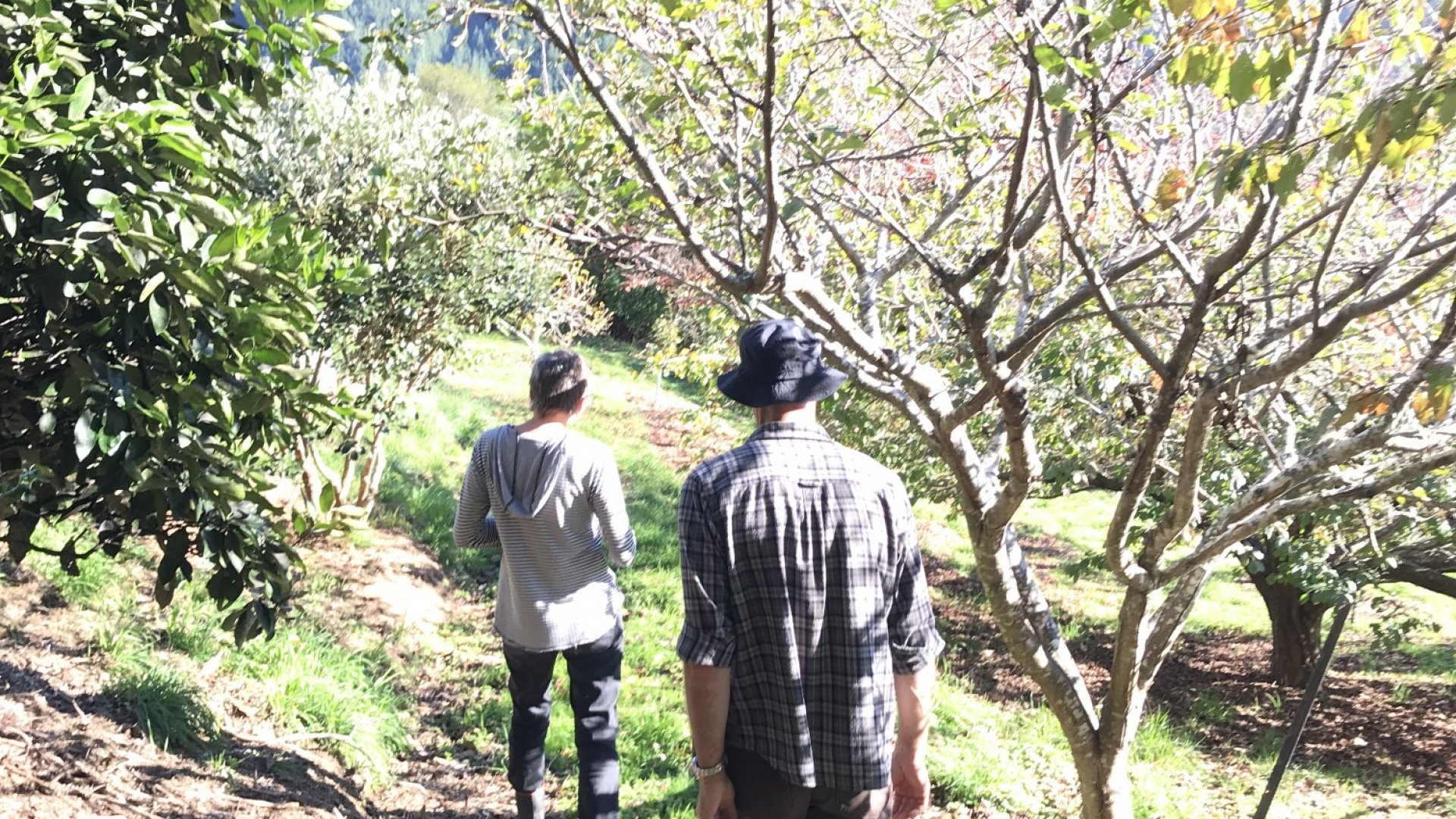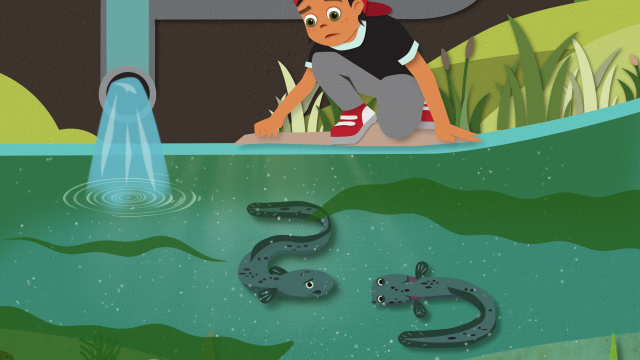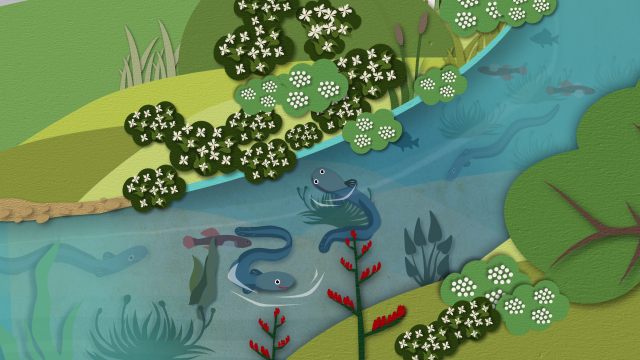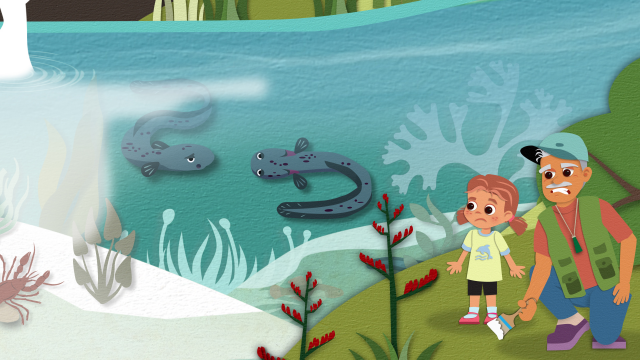Looking after this Land: High on a hill
09/10/2019 9:00am
The first in a series of videos about native habitat restoration in Nelson highlights the hard work undertaken by landowners John and Fiona Price, who have created a rich native forest on their hillside farm north of Nelson.
For John and Fiona Price, seeing how tall the rimu trees they planted 21 years ago on their 3ha hillside block have grown is a source of great satisfaction.
“When we looked at this block all those years ago, it was all grazed by cattle with patches of gorse,” says John. “We pushed the fences out around the house and were inspired by the way the whiteywood came away once it was protected from grazing.”
That quick growth encouraged them to start planting more natives, assisted by advice from Nelson City Council and from locals Robert and Jan Fryer, who helped with advice and trees from their nursery. The liquid amber, pin oaks and elms planted in the middle paddock are a colourful reminder of the early days of planting to stop erosion on the steeper slopes.
But first they had to get to grips with the fencing to keep wildlife out and farmed animals in, and to protect their new young trees from unwanted browsing. A neighbouring farmer taught them how to build a stock proof fence, and offered the use of his bulldozer which sped up the track building considerably. “It was good fun – and then we developed the smaller bush tracks ourselves.”
They know now that they could have used the gorse that was on the property as a nurse crop, but expended much energy in the early days clearing it away – as well as dealing with old man’s beard and blackberry which need ongoing vigilance even today.
The areas of native bush have grown and developed along with John and Fiona’s knowledge and expertise. Fiona says they’ve made the most of community, neighbourly and Council advice along the way.
“It’s really hard work but the rewards are in the environmental benefits we’ve seen – the bird song, seeing the young trees come away.”
John says that they’ve come to realise how important it is to plant the right tree for the right place, and that has influenced their choice of trees on their steep sided land.
“We’re on hard clay and in some places its solid rock. The trees don’t mind the clay but its hard work for the hole-digger! And then we have to get water to new plants. We put kanuka on the drier faces as it regenerates pretty fast. Manuka grows ok in the wetter spots.”
“We’ve used tree lucerne as a pioneer plant and nitrogen fixer, and it encourages kereru which are here all year round now.” Kereru are known for their ability to spread the seed of larger podocarp trees, so their presence helps to support forest regeneration.
Pittosporum do well here and where larger patches of bush have grown up around the stream, tree ferns are well established. Whilst John and Fiona mostly grow local natives there are also some exotics like mountain cedar and a big kauri tree, as well as a few pockets of rarer species which are carefully managed.
Kahikatea and beech trees are self-seeding on the property which is a good sign. As well as being the host plant for beech dew fungus, NZ beech species enjoy a mutually beneficial relationship with a group of fungi known as mycorrhizae. Living on the tree roots, the fungi take sugars while in return the beech tree absorbs minerals, which the fungus has collected from the surrounding soil.
“Its really good to know how the trees and fungi are working together – and we’ve recently found out that kanuka and manuka have a similar relationship with fungi.”
They work hard to keep the pests at bay – using bait stations for rats and stoats and vespex for wasps in late summer. “The native birds are coming back, we’ve had weka chicks in the house!” Bellbirds and tuis are a common sight (and sound) in the garden.
John and Fiona’s next project is planting along an ephemeral (seasonal) stream. They have a small flock of friendly sheep that graze the un-planted pasture, and ongoing work with new plantings plus looking after the established patches.
“We are much more aware now of what we can achieve. We’re concerned about the future of the planet – our daughters are supportive and help with the planting. We know what we’re doing will help support the work being done at the Brook Waimarama Sanctuary, and to improve the health of the Wakapuaka River. We all benefit from that.”




